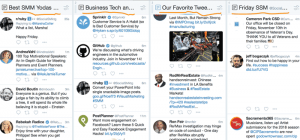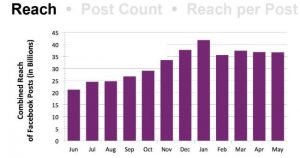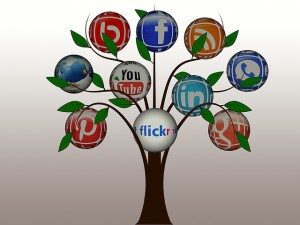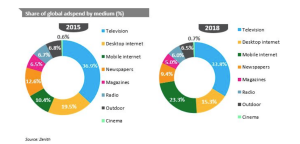You’ve spent months assembling data on demographics and past purchases. You’ve painstakingly divided your subscribers into segments based on that data. Maybe you’ve even assigned audience personas to those segments — ascribing them lifestyles, hobbies, and cute names like “Maggie the Mom” and “Craig the CTO.”
At first, your segmented campaign appears to be going according to plan — but suddenly engagement plummets as customers’ tastes transform.
Your research reveals that your subscribers seem to be playing “musical chairs” with your carefully planned audience segments — developing new lifestyles that don’t fit into any of your pre-planned boxes.
How do you respond when “Maggie the Mom” sends her kids off to college? Or when “Craig the CTO” retires and takes up fly fishing?
Traditional campaign automation software tends to respond by playing it safe, cycling through general recommendations of your most popular products — which, as we all know, is a fast track straight to the spam folder.
But dilemmas like these can be turned into surprisingly meaningful moments — for you as well as your customers — as long as you do your research and plan ahead. Here’s how to adapt smoothly when your subscribers’ lifestyles change.
Instead of assigning personas, learn your subscribers individual tastes.
The concept of customer personas represented a major leap forward in the early days of email marketing, when the tried-and-true approach was simply to bombard every subscriber with the exact same campaign. Back then, we got a major boost in engagement by targeting subsets of customers with content tailored around their interests — but unfortunately, that engagement boost didn’t last.
Although email continues to deliver the highest ROI of any digital channel, many campaigns’ engagement rates are taking a nosedive. That’s because customers’ personalization expectations have greatly increased, as platforms like Netflix, Spotify and Google serve up recommendations tailored around their latest clicks and searches. In this new world of individualized content, persona-based marketing doesn’t feel nearly as personal as it used to.
The good news is that it’s not just customers who’ve moved beyond the world of personas — so has the latest campaign automation software. Instead of sorting your subscribers into pre-designed boxes, these new machine-learning systems monitor each customer’s changing tastes and can calculate the probability that customers will click on each piece of content the machine determines is the best asset to show them.
Treat transitional periods as crucial stages of the customer journey.
To marketers who rely on audience personas, the transitional stages “between segments” tend to be treated as too varied and unpredictable to serve as major points of strategic focus. If a customer makes it through the chaos of generic, semi-random product recommendations, they’ll eventually fall into another persona — and if they don’t, well, some attrition is unavoidable, isn’t it?
The problem with this way of thinking is that attrition is almost always avoidable, provided you treat the transitions between segments as crucial in their own right. In fact, these transitional periods are the times when you’re most likely to lose a long-time customer who feels you’ve fallen out of step with their taste.
On the other hand, transitions can serve as ideal opportunities to surprise your subscribers with spot-on recommendations — building a lifetime of trust with just a few magical moments of personal connection. Give “Craig the CTO” tips on fishing tackle as he plans his first trip to the lakeside cabin, and you’ll make him feel understood more deeply than any persona-based campaign ever could.
In the long run, the goal is to progress beyond segmentation altogether — treating every customer as a unique individual. As you move from personas, you’ll find that there really are no transitional periods — just moments on a continuous individual journey, each of which provides an opportunity to create a meaningful connection.
Digital & Social Articles on Business 2 Community
(17)



